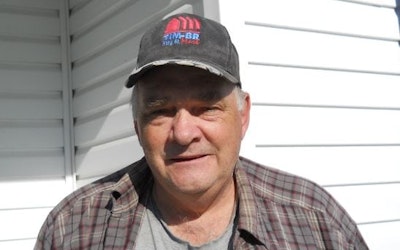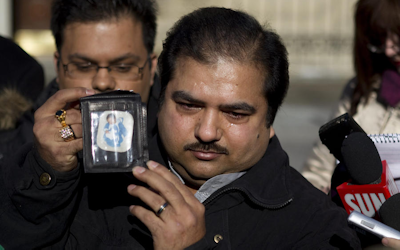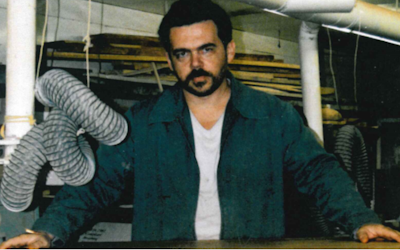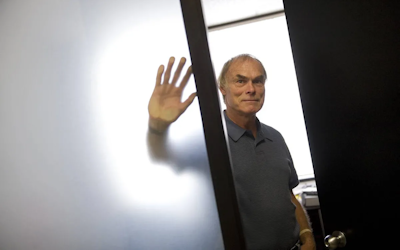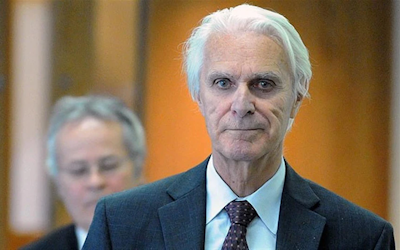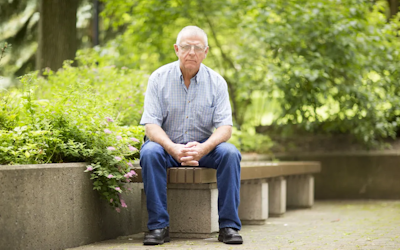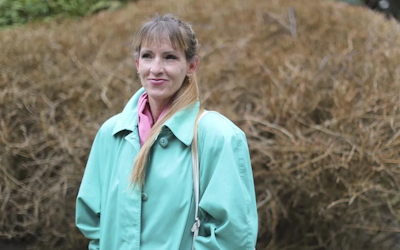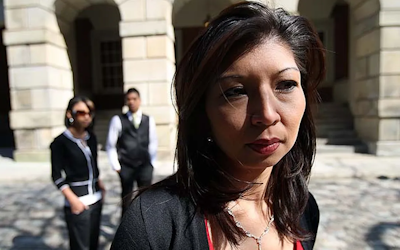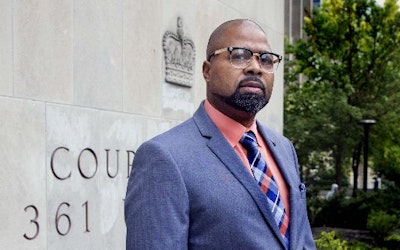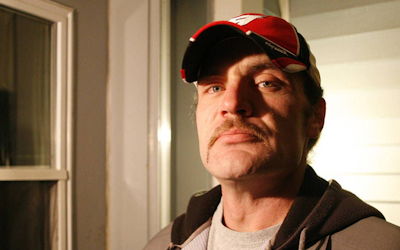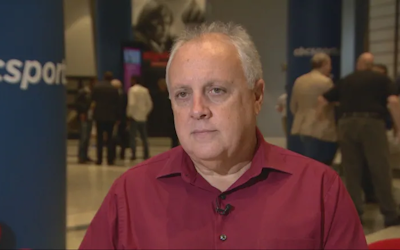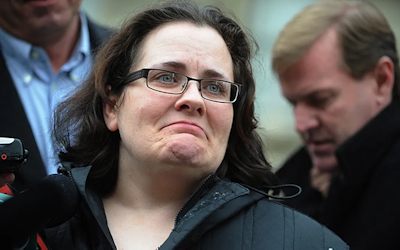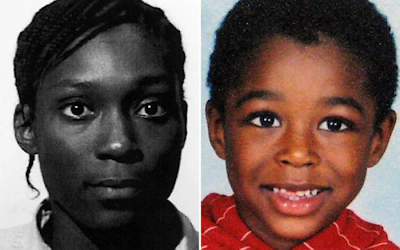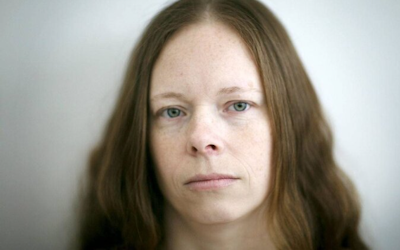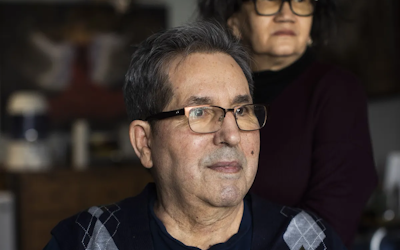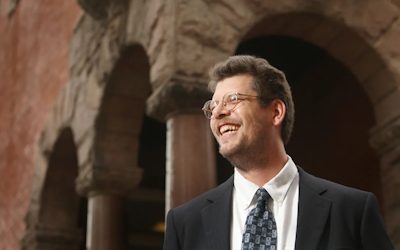A significant number of wrongful convictions are obtained in cases where no crime was committed, as opposed to where an innocent person was convicted in place of the real perpetrator. 1 in 3 Registry wrongful convictions was for a crime that never happened.
"Imagined crime" wrongful convictions can be more difficult to correct than those where the wrong person was convicted of a real crime. They also raise questions as to why the justice system can so frequently make a crime out of an event where nothing criminal occurred, such as a slip and fall accident.
There is also an intersection between this type of wrongful conviction and innocent people pleading guilty (see the Spotlight on False Guilty Pleas). The majority of Registry cases where the wrongfully convicted person pled guilty pertain to imagined crimes. Several of these pleas were entered by parents accused of killing their children, based on faulty forensic evidence from then renowned pathologist Charles Smith. Rather than face a harsh prison sentence if convicted based on Smith's evidence--which has since been thoroughly discredited (see the Spotlight on False Forensics)--they pled guilty to lesser charges.
Flawed forensic science--or conversely, non-disclosure or improper handling of forensic test results (see the Disclosure Spotlight)--played a role in approximately three fourths of Registry wrongful convictions for imagined crimes.

